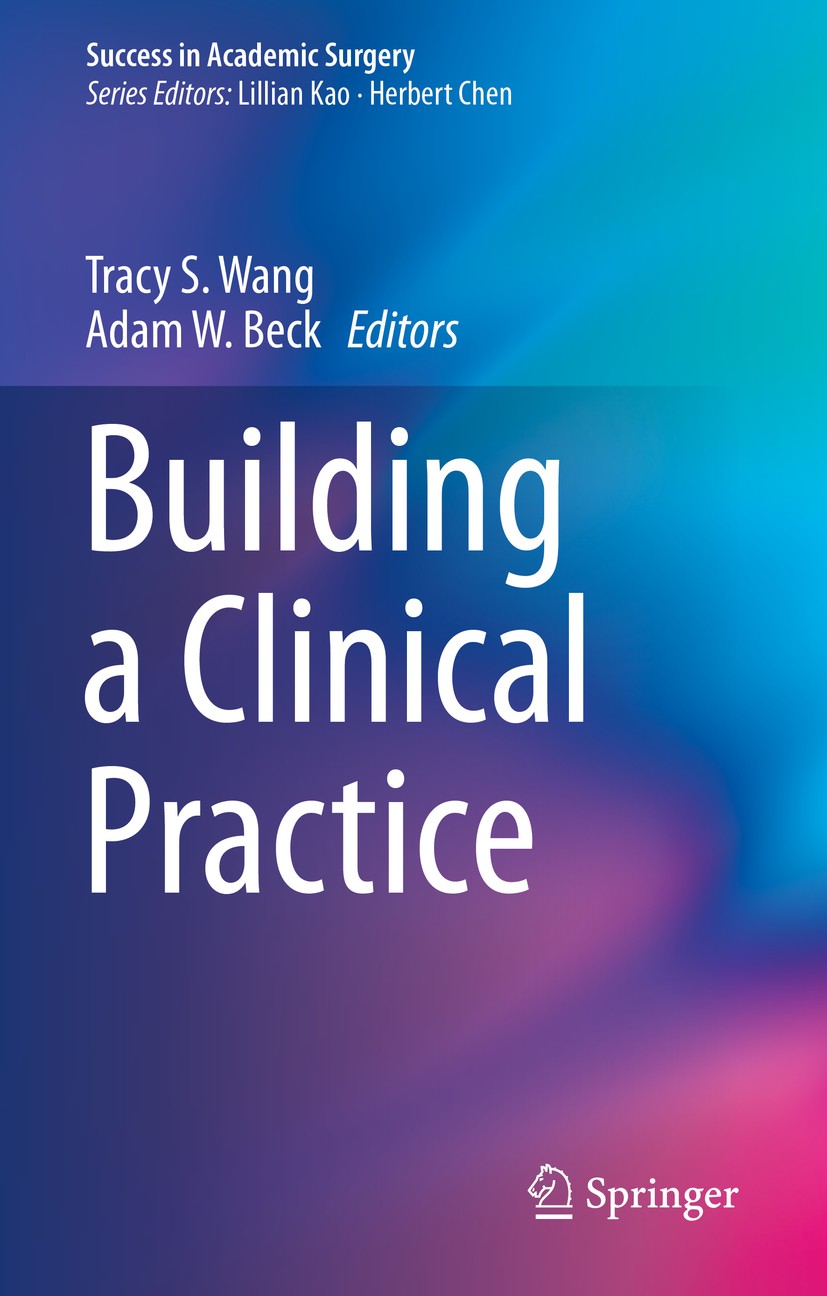| 期刊全称 | Building a Clinical Practice |
| 影响因子2023 | Tracy S. Wang,Adam W. Beck |
| 视频video | http://file.papertrans.cn/192/191808/191808.mp4 |
| 发行地址 | Written by experts who have personally developed a clinical practice in their academic positions.Covers the relationship between academic medicine and hospital administration and financers.Addresses t |
| 学科分类 | Success in Academic Surgery |
| 图书封面 |  |
| 影响因子 | This book provides an overview of the unique aspects related to a university based clinical practice. The development of relationships with senior colleagues and referring providers, building multidisciplinary programs within an academic institution, financing of academic medicine, and issues specific to the speciality are discussed...Building a Clinical Practice. aims to highlight the importance of developing a successful clinical practice in an academic setting and to help guide readers through the challenges associated with that process...This book is relevant to senior surgical trainees and young surgical faculty who are facing the challenges associated with developing a clinical practice.. |
| Pindex | Book 2020 |
 |Archiver|手机版|小黑屋|
派博传思国际
( 京公网安备110108008328)
GMT+8, 2025-12-16 20:08
|Archiver|手机版|小黑屋|
派博传思国际
( 京公网安备110108008328)
GMT+8, 2025-12-16 20:08


